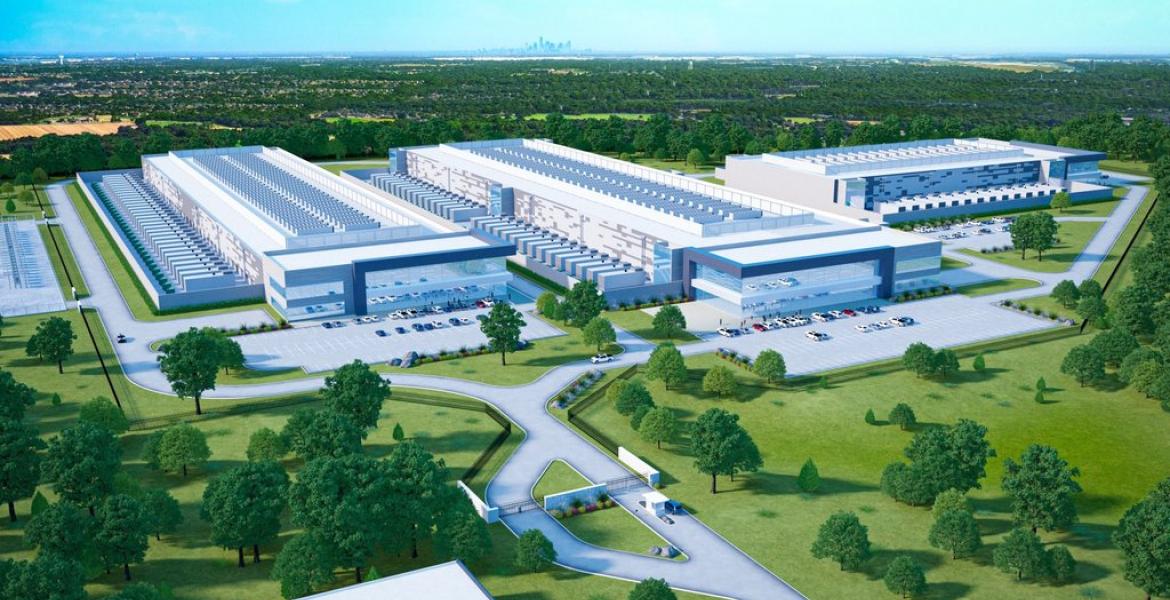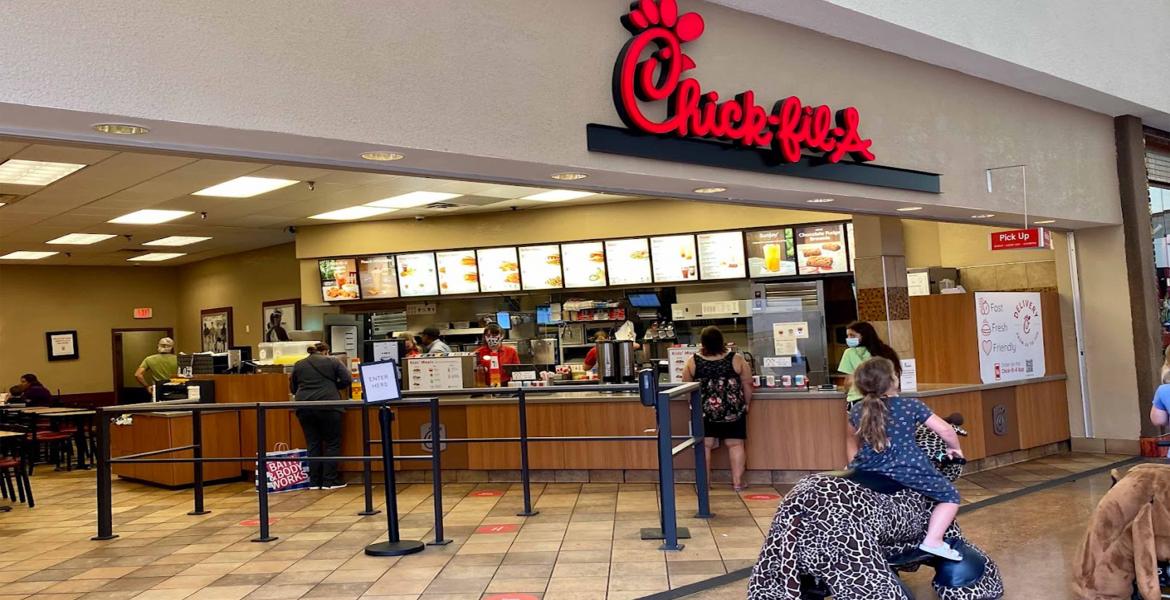AUSTIN – In Texas, commuters gained more than $3 billion in time and cost savings last year, credited to transportation enhancements and pandemic-driven shifts that accelerated travel compared to pre-pandemic periods, as per a Texas A&M Transportation Institute (TTI) report.
The analysis, contrasting commuting patterns between 2022 and pre-pandemic levels in 2019, revealed increased mileage by drivers. Yet, the implementation of roadway expansions, such as those in TxDOT’s Texas Clear Lanes, a program supported by Gov. Greg Abbott, contributed to smoother and more efficient travel.
Converted time savings translated into monetary values coupled with reduced fuel costs showcased the most substantial benefits in major cities across the state, detailed in the study. These findings stemmed from TTI's annual analysis, mandated by legislation, measuring traffic delays in over 2,100 of Texas's most congested road segments.
TxDOT's Executive Director Marc Williams acknowledged the positive impact of ongoing efforts on Texas roads but emphasized the need to persist in addressing traffic congestion and enhancing safety in critical areas, especially with Texas experiencing an influx of residents.
Recent years have seen robust road development, highlighted by the $100 billion 2024 Unified Transportation Program (UTP) and TxDOT’s Texas Clear Lanes initiative, representing an investment exceeding $32 billion in non-tolled projects in major population centers since 2015. Notably, 18 Texas Clear Lanes projects are completed, 25 are under construction, and 62 more are in the planning phase.
The study identified Houston's West Loop as the most congested road segment for the second consecutive year, with other segments in Houston, Dallas, and Austin also ranking high. Notably, urban areas consistently host the most congested segments, affecting the economy regardless of residence location, according to Texas Transportation Institute Senior Research Scientist David Schrank.
While overall traffic delays increased by 7% in 2022 compared to the previous year, they remained 23% lower than 2019 levels despite a 2% rise in overall traffic volume. Truck delays rose by 15% compared to 2021 and 1% compared to three years prior.
The completion of projects and pandemic-driven shifts, such as flexible work schedules and increased home deliveries, contributed to reduced roadway delays, pointing towards a changing commuting landscape.
A comprehensive listing of 2,100-plus road segments statewide, with year-on-year comparisons, is accessible online.
Subscribe to the LIVE! Daily
Required






Post a comment to this article here: